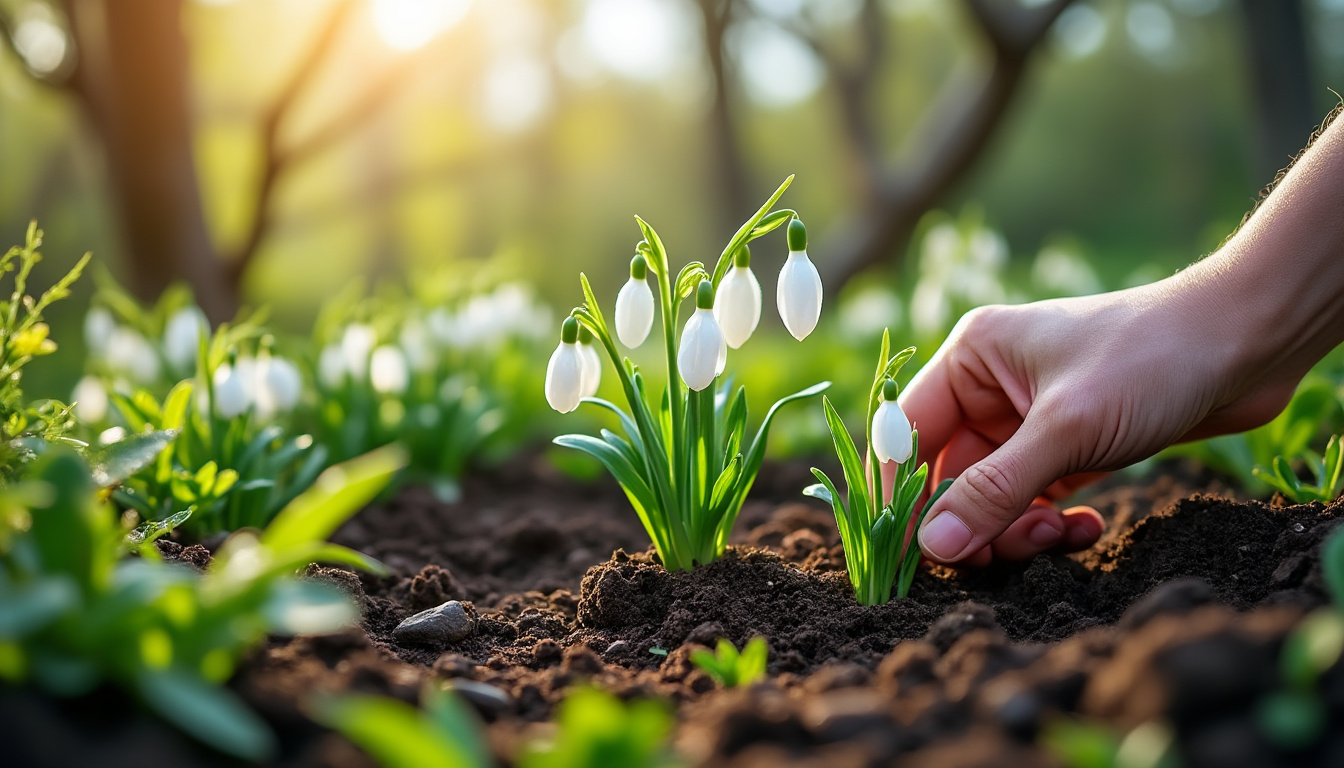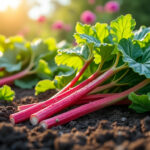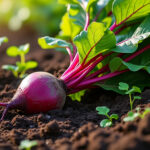Snowdrops are enchanting little harbingers of spring, their delicate white blossoms emerging as winter’s chill begins to wane. These charming flowers not only add elegance to the garden but also bloom alongside other late winter favorites like Cyclamen coum and aconites, creating a stunning presentation in your outdoor oasis. Knowing when and how to plant snowdrops is crucial for ensuring a lush growth year after year. Let’s explore the best practices for cultivating these lovely plants.
Understanding when to plant snowdrop bulbs
Timing your planting can significantly impact the success of your snowdrop bulbs. The prime period for planting is typically in early spring when soil temperatures begin to rise and daylight extends, setting the stage for optimal growth. Let’s delve deeper into specific indicators that highlight when to plant these water-wise beauties.
| Indicator | What to Look For |
|---|---|
| 🌞 Lengthening Days | Notice longer daylight hours, which trigger plant growth. |
| 🌡️ Warmer Soil Temperatures | Soil warms up, promoting healthy root establishment. |
| 🌳 Budding Trees & Shrubs | Visible buds indicate that spring is approaching and frost risks diminish. |
| 💧 Soil Moisture Levels | Check for balanced moisture levels—neither too dry nor waterlogged. |
| 🌱 Emerging Perennials | Look for perennials waking from dormancy, signaling optimal soil temperatures. |
| 🌿 Weed Growth | Weeds sprouting can indicate favorable conditions, suggesting it’s time to plant. |
| 🐞 Insect Activity | Increased insect activity shows that the garden ecosystem is reawakening. |
| ❄️ Last Frost Date | Understand the local last frost date to avoid frost damage to delicate bulbs. |
How to plant snowdrop bulbs the right way
Once you’ve identified that the time is right for planting, it’s essential to follow specific guidelines for ensuring successful growth. Whether you’re sourcing from well-known suppliers like Jackson & Perkins or American Meadows, here’s what to consider:
- ☀️ Sunlight Requirements: Snowdrops thrive in partial shade or full sun—choose the right spot!
- 🧑🌾 Soil Quality: Conduct a soil test to ensure proper pH and nutrient levels. Enhance the soil with compost if needed.
- 🌿 Plant Spacing: Adequate spacing (10 cm) encourages air circulation and healthy growth.
- 🌱 Mulching and Weed Control: Apply organic mulch to conserve moisture and suppress weed growth.
- 🛡️ Pest Management: Monitor for pests and diseases regularly and maintain good practices to protect your bulbs.
- 🌼 Maintenance: Plan for repotting container-grown snowdrops and care for them each season.
Caring for your snowdrops
After planting, snowdrops require minimal care. Allow their foliage to die back naturally after flowering to store energy for the next season. For those in containers, repot them with fresh compost during dormancy, typically in late spring or summer. Monitoring soil moisture is critical—keep them moist but avoid waterlogging to ensure healthy blooms.
Common challenges when growing snowdrops
Although growing snowdrops is generally straightforward, a few issues can arise. Being aware of these can help prevent disappointment:
| Problem | Solution |
|---|---|
| 🌺 Failure to flower | Ensure correct planting depth and avoid areas that dry out in summer. |
| 🌧️ Short blooming time | Watch for weather patterns as blooms last longer in cool, cloudy conditions. |
| 🐿️ Squirrel interference | Plant bulbs deeply and consider using wire mesh to deter them. |
| ⚠️ Grey mold | Ensure well-drained soil to prevent issues related to unhealthy bulbs. |
Final thoughts on snowdrop planting
As you embrace spring and reflect on your gardening practices, remember that snowdrops offer both beauty and ecological benefits. Purchasing from reliable sources like Burpee and Thompson & Morgan can simplify your gardening journey. By blending your love for nature with these essential practices, you’ll cultivate a successful and rewarding garden experience.
When are peas ready to harvest for the best flavor?
FAQ
1. When is the best time to plant snowdrop bulbs?
The ideal time to plant is early spring when the soil is warming, and frost risk is lower.
2. Can I plant snowdrops in the fall?
Yes, you can plant dry bulbs in the fall as well, coinciding with other spring bulbs.
3. How deep should I plant snowdrop bulbs?
Plant bulbs about 10 cm deep, with the pointed end facing upward.
4. Do snowdrops require a lot of maintenance?
Once established, they are low-maintenance, needing little care other than moisture management.
5. Where can I purchase snowdrop bulbs?
Consider suppliers like White Flower Farm and Gardens Alive! for quality bulbs.















